Heavenly Homemade Butter Cake Recipe: Fluffy Golden Delight
Soft and pillowy butter cake whispers comfort right into the heart of any kitchen.
Memories of grandma’s warm baking drift through the air with each gentle mix.
Creamy textures promise sweet indulgence that melts perfectly on your tongue.
Baking becomes an intimate dance of simple ingredients creating magical moments.
Rich golden crumbs promise delectable satisfaction without complicated techniques.
Delightful aromas will soon fill every corner of your home.
Butter Cake: Why This Rich Dessert Is A Family Favorite
Whip Up Effortless Delight: Reasons to Love This Butter Cake
Butter Cake Ingredient Details
Dry Ingredients:Fat and Sweeteners:Liquid and Binding Ingredients:The Way to Bake Butter Cake
Step 1: Fire Up the Oven
Crank your oven to a toasty 350°F.
Grab a 9-inch cake pan and give it a generous coating of butter and flour to prevent any sticky situations.
Step 2: Mix Dry Ingredients
Grab a mixing bowl and whisk together the flour, baking powder, and salt until they’re friendly with each other.
Step 3: Cream Butter and Sugar
In a separate spacious bowl, beat the butter and sugar together until they transform into a fluffy, cloud-like mixture that’s light as air.
Step 4: Add Egg Magic
Drop in eggs one by one, giving each a good beating until fully incorporated.
Splash in the vanilla extract for that extra flavor punch.
Step 5: Create Cake Batter
Slowly fold in the dry ingredients, alternating with splashes of milk.
Start and end with the flour mixture, mixing gently until everything just comes together.
Don’t overwork the batter – treat it with tender love.
Step 6: Pan Preparation
Pour the silky batter into your prepared pan, using a spatula to smooth the top into a perfect, even surface.
Step 7: Bake to Perfection
Slide the pan into the preheated oven and bake for 35-40 minutes.
Check doneness by inserting a toothpick – it should come out clean with no wet batter clinging to it.
Step 8: Cool and Celebrate
Let the cake rest in the pan for 10 minutes to catch its breath.
Then transfer to a wire rack and allow it to cool completely before slicing into your delicious creation.
Butter Cake With Golden Bake and Moist Texture Tricks
Chill Butter Cake And Serve With Warm Slice
What Works Well with Butter Cake
Butter Cake Made Richer with Classic Layers
FAQs
While margarine can be used, butter provides a richer flavor and better texture. Margarine might change the cake’s taste and consistency, so butter is recommended for the best results.
The batter should look smooth and creamy, with no lumps. When you lift the beater, the mixture should fall slowly in a ribbon-like consistency. Overmixing can lead to a tough cake, so stop mixing once ingredients are just combined.
Cold eggs can affect the cake’s texture. Let eggs sit at room temperature for about 30 minutes before baking. This helps them blend more easily and creates a more uniform batter.
Absolutely! You can use a hand mixer or even mix by hand with a whisk. Just ensure you beat the butter and sugar until light and fluffy, and mix thoroughly but gently when adding other ingredients.
Print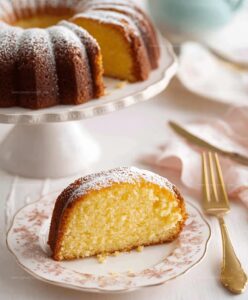
Butter Cake Recipe
- Total Time: 55 minutes
- Yield: 12 1x
Description
Delightful butter cake whisks you into a world of buttery bliss, promising pure comfort with each tender crumb. Moist, rich layers melt on your palate, inviting pure indulgence in this classic dessert that speaks directly to sweet-loving souls.
Ingredients
Main Ingredients:
- 1 cup unsalted butter, softened
- 2 cups granulated sugar
- 4 large eggs
- 1 cup whole milk
- 2 1/2 cups all-purpose flour
Leavening and Seasoning:
- 2 1/2 teaspoons baking powder
- 1/2 teaspoon salt
Flavoring:
- 1 teaspoon vanilla extract
Instructions
- Prepare your baking workspace by warming the oven to 350°F (175°C) and thoroughly coating a 9-inch cake pan with butter and flour to prevent sticking.
- Create a delicate dry ingredient blend by whisking flour, baking powder, and salt together in a medium mixing bowl until thoroughly combined and set aside.
- Utilize an electric mixer to cream butter and sugar, whipping the mixture until it becomes airy, pale, and develops a light, fluffy texture.
- Incorporate eggs individually into the butter-sugar mixture, ensuring each egg is fully integrated and the batter maintains a smooth consistency before adding the next.
- Enhance the batter’s flavor profile by gently stirring in vanilla extract, creating a rich aromatic base.
- Carefully fold dry ingredients into the wet mixture, alternating with milk to maintain a silky, uniform texture. Begin and conclude with the flour mixture, mixing only until ingredients are just combined to preserve the cake’s tender crumb.
- Transfer the batter into the prepared pan, using a spatula to distribute evenly and create a level surface.
- Position the pan in the preheated oven and bake for 35-40 minutes, monitoring for a golden exterior and checking doneness by inserting a toothpick that emerges clean.
- Allow the cake to rest in the pan for 10 minutes, enabling it to set and cool slightly before carefully transferring to a wire rack to complete cooling.
Notes
- Use room temperature ingredients to ensure smooth mixing and even baking.
- Add a pinch of salt to enhance the butter cake’s flavor depth and balance sweetness.
- Customize the cake by folding in lemon zest, chocolate chips, or chopped nuts for extra texture and variation.
- Replace regular milk with almond or coconut milk to create a dairy-free version suitable for different dietary needs.
- Prep Time: 15 minutes
- Cook Time: 40 minutes
- Category: Desserts
- Method: Baking
- Cuisine: American
Nutrition
- Serving Size: 12
- Calories: 323
- Sugar: 24 g
- Sodium: 150 mg
- Fat: 17 g
- Saturated Fat: 10 g
- Unsaturated Fat: 7 g
- Trans Fat: 0 g
- Carbohydrates: 39 g
- Fiber: 0 g
- Protein: 4 g
- Cholesterol: 75 mg

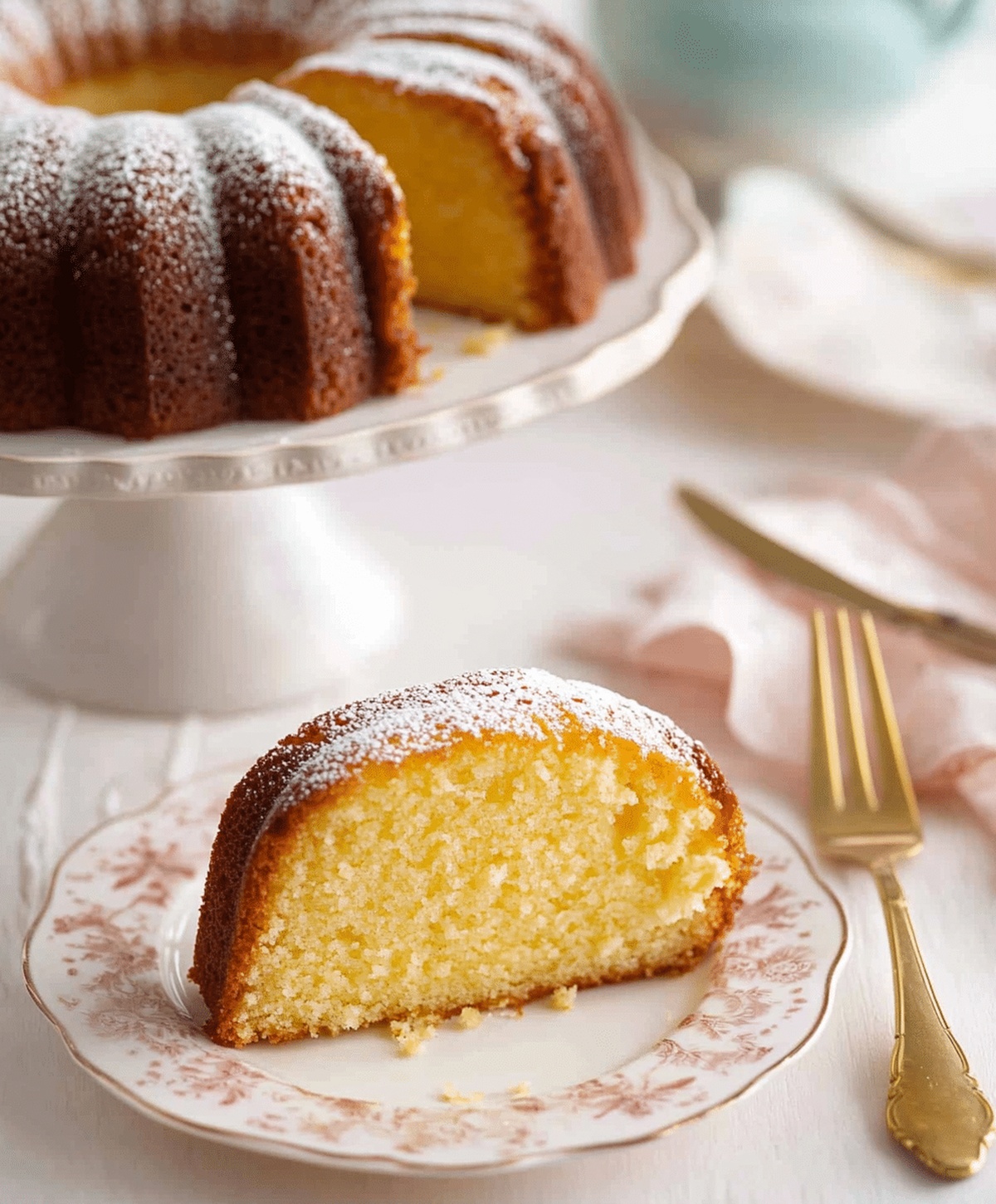
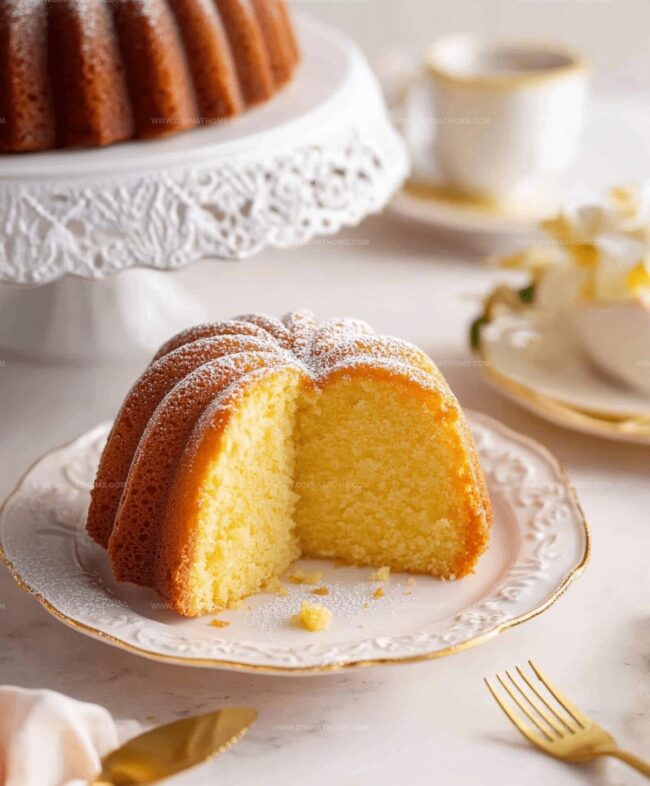
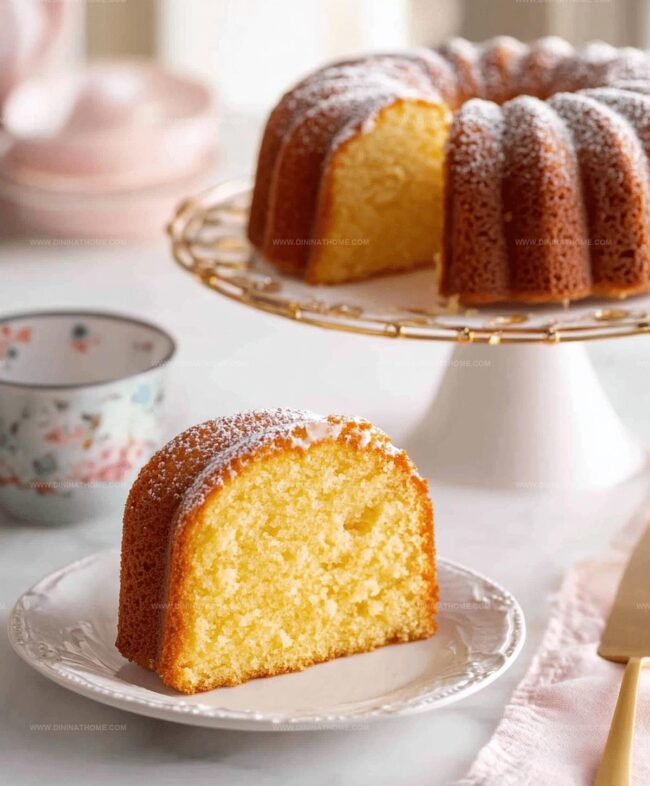
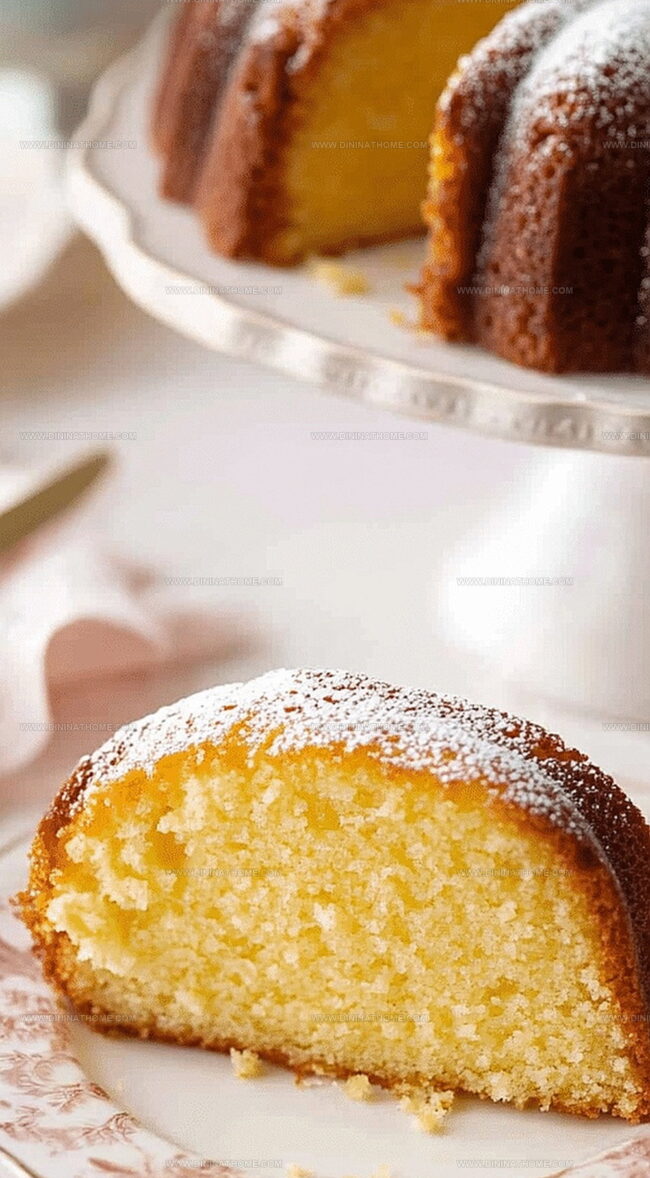

James Walker
Lead Recipe Developer & Culinary Educator
Expertise
Southern Cuisine & Farm-to-Table Cooking, Recipe Development & Testing, Culinary Education & Instruction
Education
School: Auguste Escoffier School of Culinary Arts
Program: Diploma in Culinary Arts and Operations
Focus: Comprehensive training in classical and modern culinary techniques, kitchen operations, and farm-to-table practices.
James didn’t learn cooking from a TV show, he learned it from busy kitchens, family gatherings, and long afternoons spent testing recipes the hard way.
After training at the Auguste Escoffier School of Culinary Arts, he brought his love for real, down-to-earth food to every dish he makes.
At Dining At Home, James loves building recipes that feel familiar but still have something special, like adding a twist to a classic or making a slow Sunday dinner feel brand new.
When he’s not in the kitchen, you’ll probably find him swapping garden tips at the farmers’ market or teaching his daughter how to flip pancakes without a mess (almost).